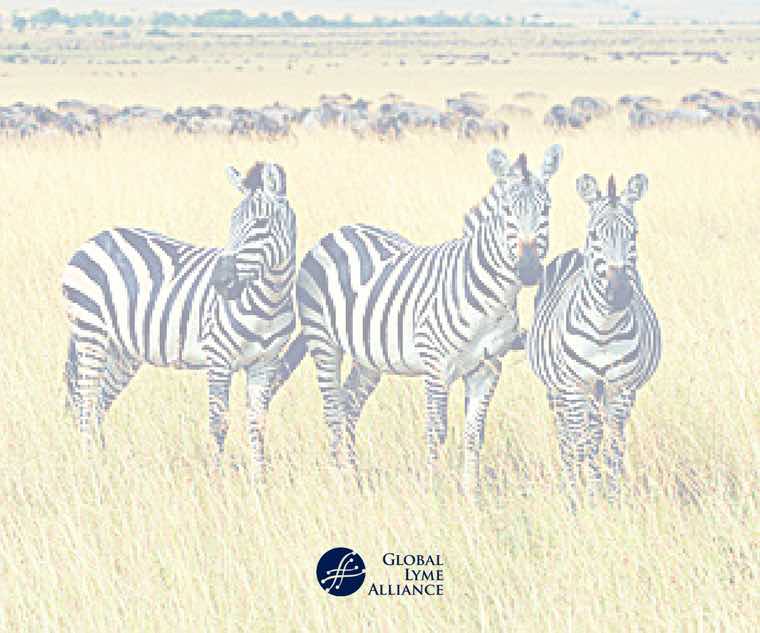
Wildlife loss and climate change can synergistically increase tick abundance and the risk of tick-borne disease
Around the world, ticks are one of the most important vectors of zoonotic diseases—animal diseases communicable to humans—and they're everywhere. While North Americans worry about Lyme disease carried by blacklegged or deer ticks, on the other side of the globe, people contend with a different variety of tick-borne fevers. A new study by UC Santa Barbara researchers and colleagues suggests that the abundance of ticks that carry certain fevers are likely to rise in the future, thanks to a combination of wildlife loss and climate change. The study used a large-scale experimental test to demonstrate synergistic effects of those phenomena on ticks and their pathogens. The investigators found that total tick abundance and abundance of infected ticks increased dramatically when large animals were lost—and that this effect was exacerbated in dryer, low-productivity areas. Their analysis appears in the Proceedings of the Royal Society B. "Our research suggests that large mammal conservation may prevent increases in tick abundance and tick-borne disease risk," said lead author Georgia Titcomb, a graduate student in UCSB's Department of Ecology, Evolution, and Marine Biology (EEMB). "These results are timely and relevant in light of widespread wildlife declines and unpredictable regional climatic shifts in a steadily warming world." For their investigation, the scientists used a long-term, size-selective herbivore exclosure experiment at the Mpala Research Centre in Kenya to examine impacts to the abundance of ticks and two regionally important tick-borne pathogens, Coxiella burnetii and Rickettsia spp., the causative agents of Q fever and spotted fevers, respectively. The experiment included four plot treatments. The first excluded all but the smallest rodent-sized herbivores, mostly mice; the second permitted intermediate-size animals such as hares and small antelope. In the third treatment, all animals but mega- herbivores such as giraffes and elephants were allowed to penetrate the plot. The control had no animal restrictions. The researchers spend more than a year conducting monthly hour-long tick drags in each plot. The results showed that total wildlife exclusion increased total tick abundance by 130 percent at sites with a moderate amount of moisture and by 225 percent at dry, low-productivity sites. For a subset of months when differing degrees of exclusion were tested, total tick abundance increased from 170 percent in the plot with mega-herbivores to 360 percent when all large wildlife were excluded. "This suggests that exposure risk will respond to wildlife loss and climate change in proportion to total tick abundance," said co-author Hillary Young, an EEMB associate professor and Titcomb's adviser. "We've shown these interacting effects increase disease risk, but they also highlight the need to incorporate ecological context when making predictions about the effects of wildlife loss on zoonotic disease dynamics." Read the entire article on Phys.org
